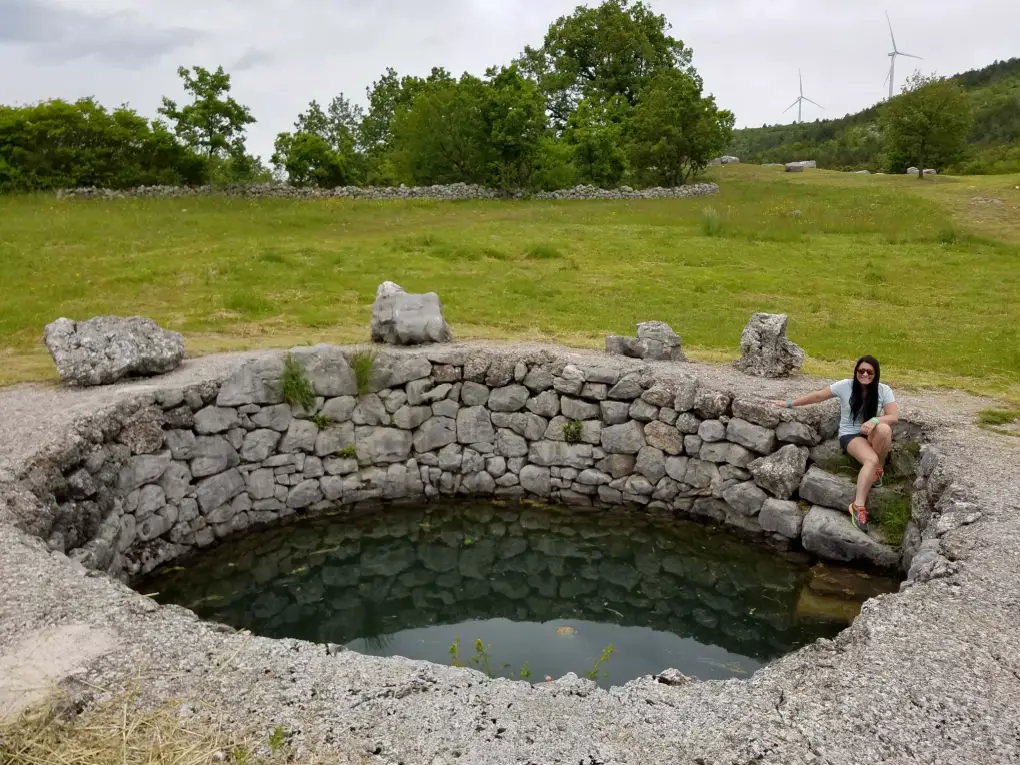UNESCO has identified 28 Stećci or medieval tombstone graveyard locations in Croatia, Bosnia and Herzegovina, Serbia, and Montenegro as world heritage sites. All of the cemeteries date from the 12th to the 16th centuries. Also, the tombstones feature a wide range of inscriptions and decorative motifs.
While driving through Croatia's hinterland, heading toward Imotski, we drove past the 'Velika and Mala Crljivica' archaeological site, located near the village of Cista Velika, and decided to tour it—there are only two sites in the whole country. One site is Velika ("Big") and the other is Mala ("Small"). The ancient site has seven Roman wells and over 100 medieval tombstones, or stećci covered in meaningful inscriptions, mostly carved using limestone.
Velika and Mala Crljivica Archaeological Site in Cista Velika
From 1993 to 2007, archeologists prepared the grounds for visitors to openly explore the ancient site. Unfortunately, with little information available on the grounds, it may be difficult to understand exactly what you're exploring.
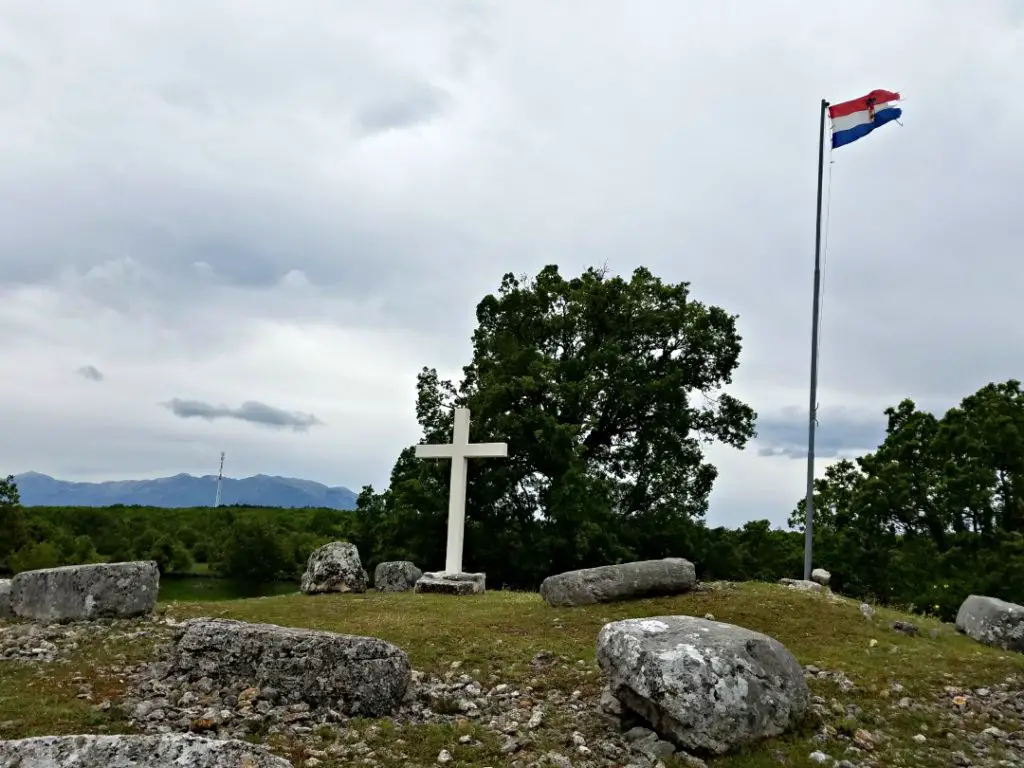
What Is a Stećak?
The first thing to address is what the term "stećak" means. A stećak is a medieval tombstone that resembles a monument. The plural of stećak is stećci. Typically, stećci were carved from limestone into rectangular shapes. They often have a gable-top, similar to a rooftop. However, some may be simple stone slabs or chests.
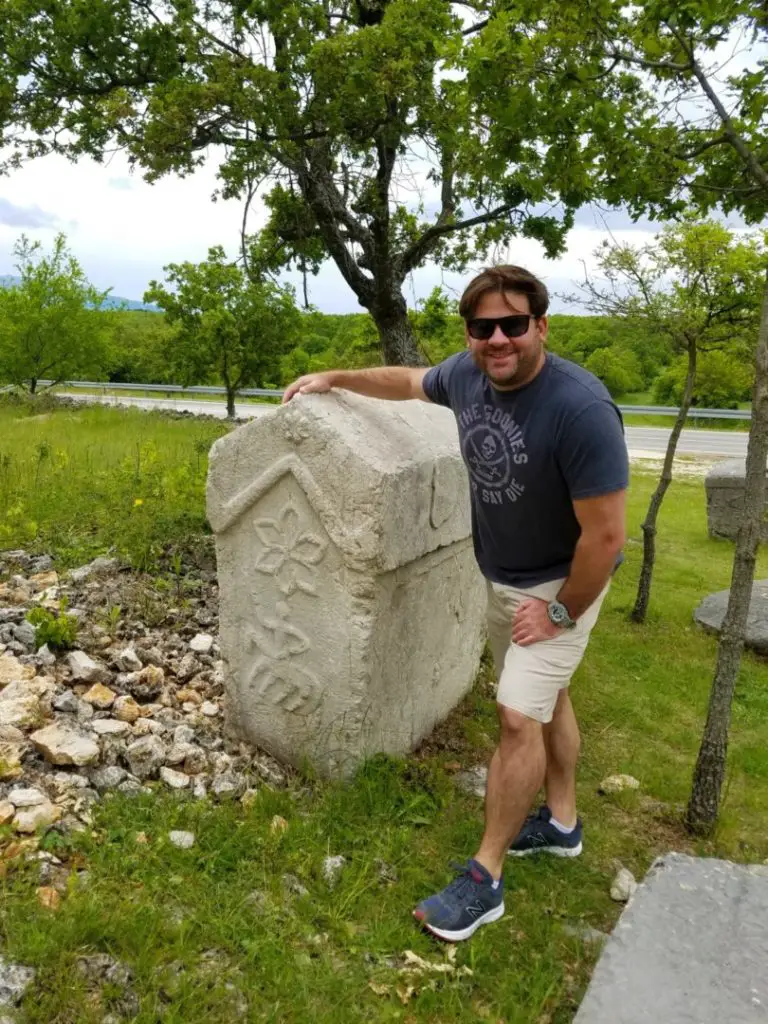
Stećci Inscriptions and Their Meanings
Stećci are often decorated with inscriptions and simple shapes. You'll see stars, half-spheres, crescent moons, and spirals. Other tombs have more complex motifs such as animals, religious symbols, or figures involved in sport. One of the most notable images discovered on a tomb is a man with his right arm raised.
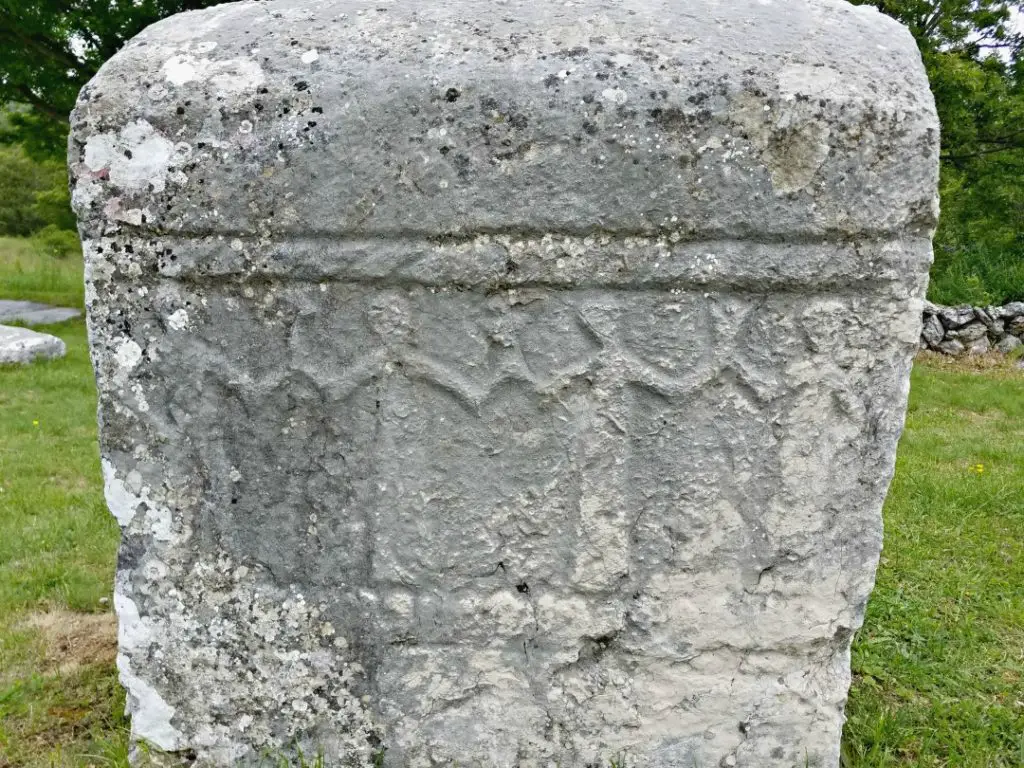
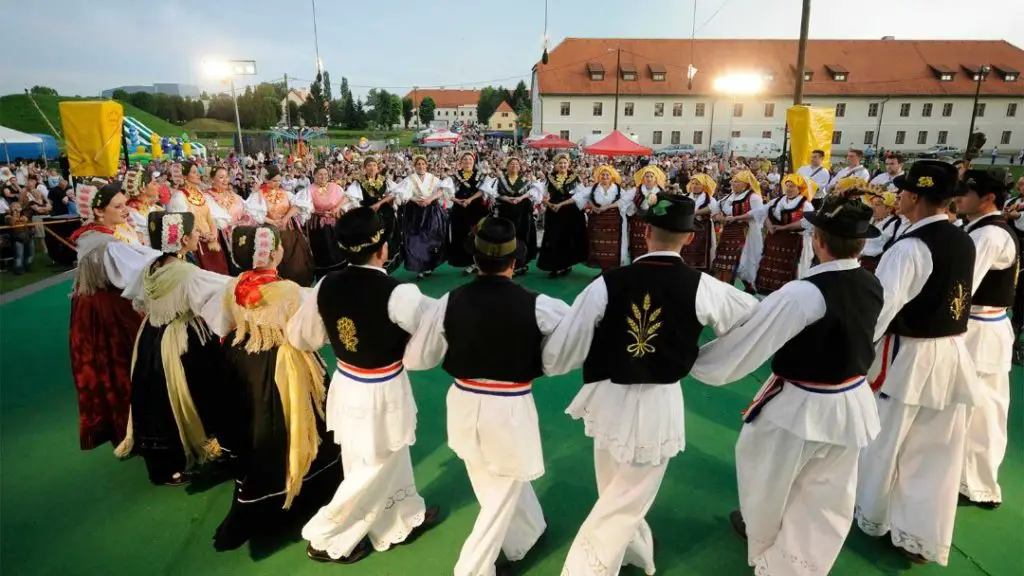
As you explore the Crljivica stećci, look for scenes of people hunting, jousting, or dancing. On this particular group of tombstones, there are 52 stećci bear decorations. Remember, bears are native to the region. The Croatian 5 kuna coin also features a bear on the backside.
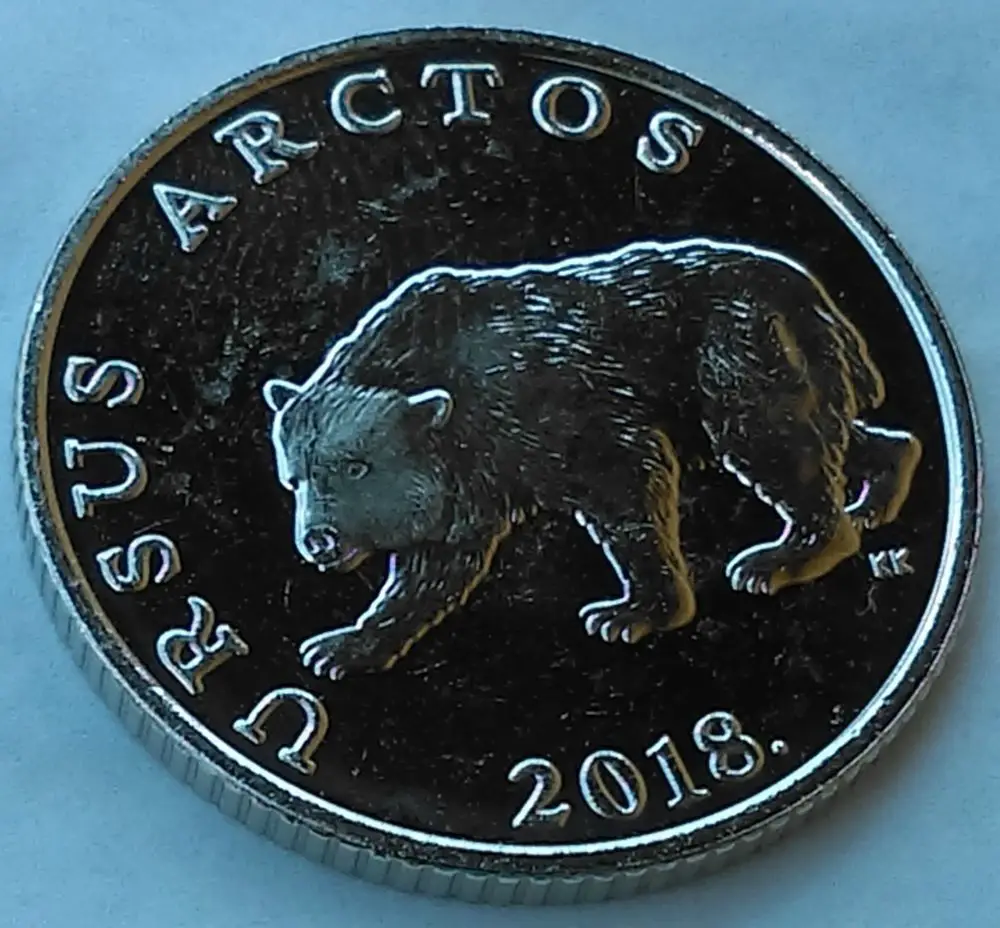
Researchers believe that each stećak's ornamentation correlates not only to the artists who created the monument but also to the deceased buried below them. Therefore, stećci were crafted with each owner's specifications in mind.
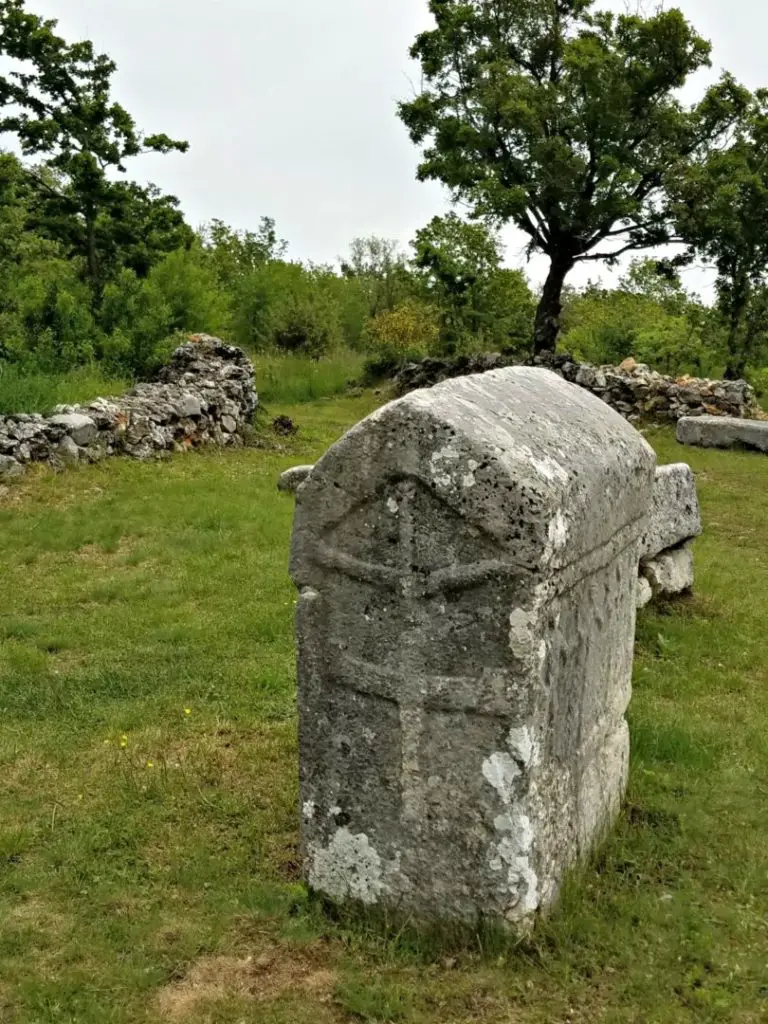
Stećci in Croatia
There are 28 stećci locations identified by UNESCO within the Balkans. However, in Croatia, there are only two ancient city sites with approximately 4,400 stećci.
One site is Velika ("Big") and Mala ("Small") Crljivica near the village of Cista Velika. It is located about 34 miles (55 km) east of Split, about an hour's drive away. Furthermore, the other site is located in the village of Dubravka, which is located just an hour’s drive south of Dubrovnik, Croatia.
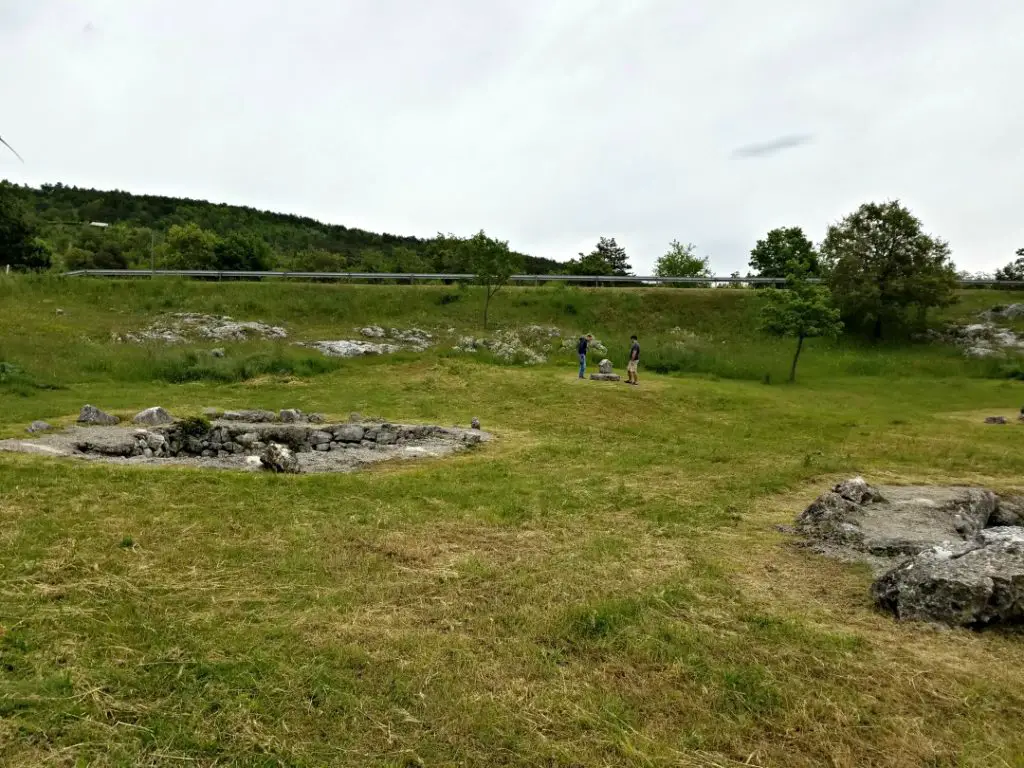
Stećci in the Balkans
Stećci sites are located in four different Balkan countries. They are Croatia, Bosnia and Herzegovina, Montenegro, and Serbia. Within the borders of modern-day Bosnia and Herzegovina, there are about 60,000.
The remaining 10,000 are in Croatia (~4,400), Montenegro (~3,500), and Serbia (~2,100). Researchers estimate that there are over 3,300 different locations in the four countries. Ninety percent of them are in poor condition.
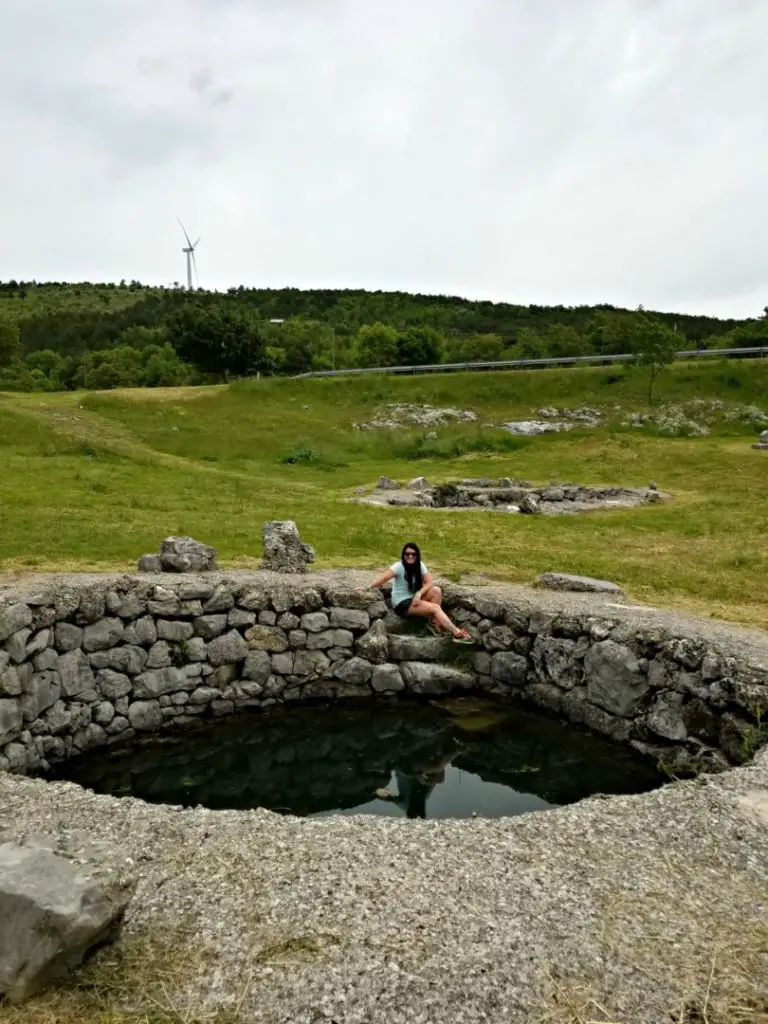
Early Christian and Medieval Tombs
The Crljivica Stećci is an extensive complex of 102 early Christian and Medieval tombs. Furthermore, the site lies along the old ancient road of Tilurij-Narona. As a result, this location was thought to connect Sinj and Imotski areas.
Here, seven circular wells were built in a sinkhole that naturally retained water. They were thought to be constructed during the Middle Ages (the 14th to 15th century). However, one of the wells has a year engraved into it which dates from the 18th century.
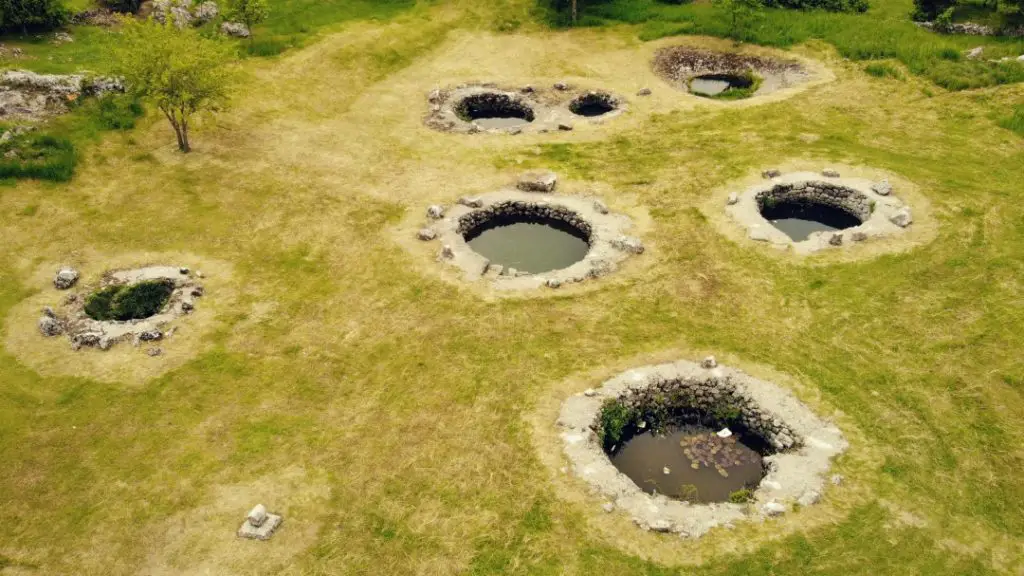
When archaeologists excavated the site, they discovered pot fragments that dated back to prehistoric times and the Bronze Age (3000 BC – 1200 BC). Furthermore, other items uncovered included early Christian stone furnishings, glass, bone, fresco-painted plaster, ceramic and metal objects, and models of Roman coins.
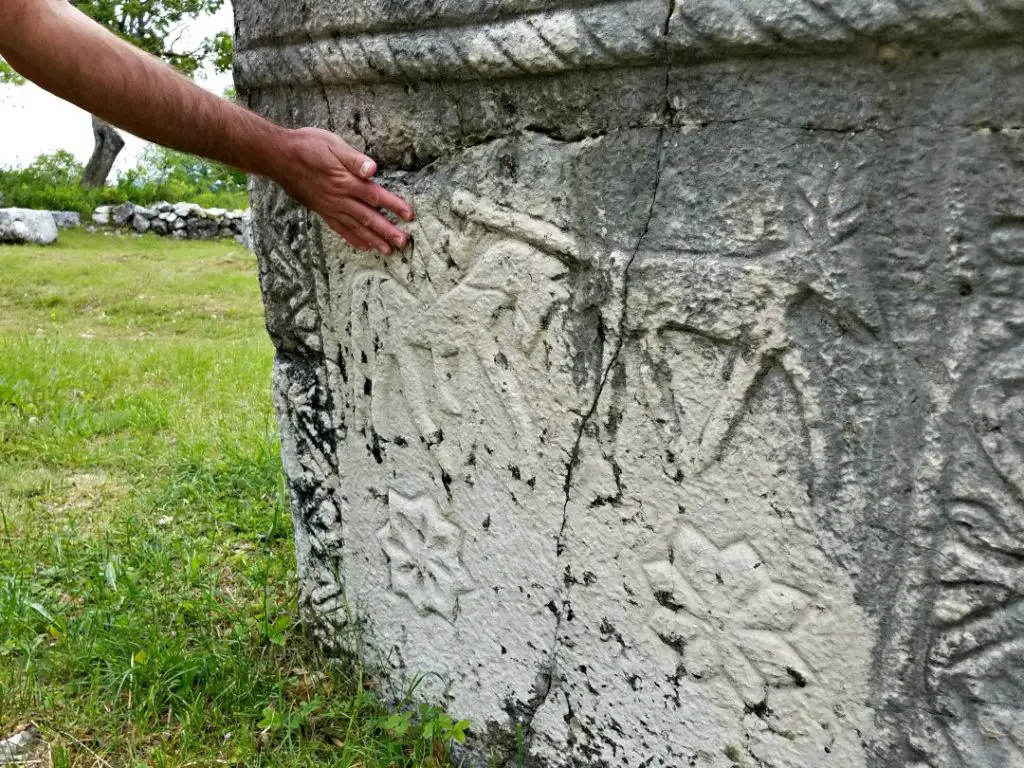
Velika and Mala Crljivica's Most Important Stećci
While at Velika and Mala Crljivica, look for the two ridge stećci which belongs to Jerko Kustražić and his wife Vladna. It was possible that the Kustražićs owned part of this site in the mid-15th century as evidenced by their specialized tomb and written documents.
Considered to be some of the more notable and studied stećci are the Kustražić stećci. The family's name is inscribed on the tomb in Cyrillic.
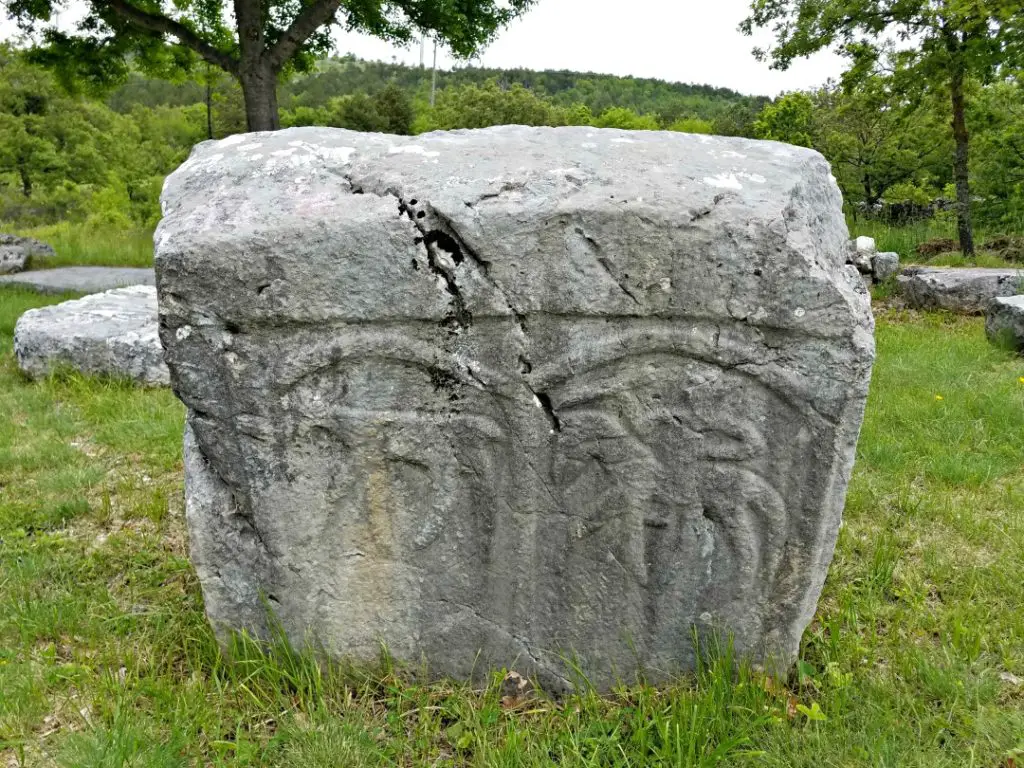
Here is an interesting fact. During the 14th and 15th centuries, researchers believe three noble families ruled in this area. Furthermore, the family's surnames were the Nelipićes, Jurjević-Vlatkovićes, and Kosačas.
The Ruins of Velika and Mala Crljivica
Discovered in the area surrounding Velika and Mala Crljivica are the remains of five different churches. This illustrated the many religious changes which occurred during the mid-5th to the beginning of the 10th century.
Additionally, historians classify this period as the Late Antiquity and the Early Middle Ages. During the late Antiquity, the Roman Empire went through many drastic changes—socially, culturally, and organizationally—which interestingly enough started with Diocletian's reign.
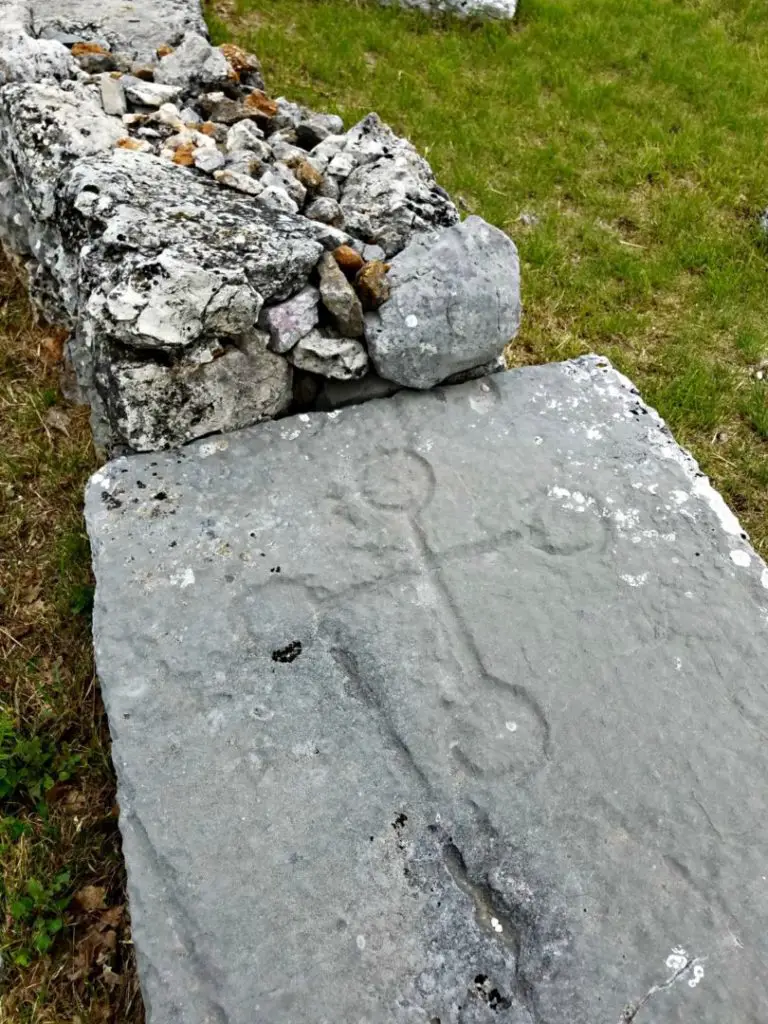
We Need Your Help
Did you find this article helpful? If so, bookmark it and when you’re planning your next vacation click on any of the links below before finalizing reservations. You’ll get the best price, we’ll earn a small commission, and you’ll help support future articles.
Thank you!
BEST TRAVEL SEARCH ENGINES
🏘️ Book Accommodation
We use Tripadvisor to compare prices and reviews in advance and check availability
✈️ Book Your Flight
To find the cheapest flight options, use Skyscanner to find the most suitable choice for you
🚗 Reserve Rental Car
Use Discover Cars to compare prices and view the largest selection of vehicles

